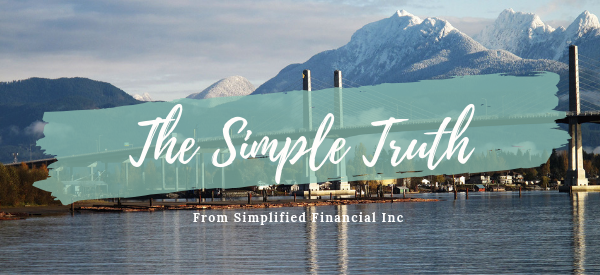Retirement… Financially, the word can feel like it should come with ominous shark attack music. There are many concerns that come attached to this word. What do I do about my retirement? What if, I run out of money? What if, there is not enough to sustain my lifestyle? Is it protected? Is it tax-efficient? Will my family be provided for, when I die?
Let us help you turn that ominous music into something a little more cheerful.
GROUP BENEFITS

Registered Retirement Savings Plans (RRSPs) are all about accumulating funds for your retirement. Most of us know this. Now, what to do with your Group RRSP, after termination, retirement, or by the time you turn 71 years old?
There are four options:
- Cash in – Withdraw the full amount. This can create a tax burden unless you have a small amount in your RRSP because it is subject to withholding tax.
- Continue – Continue your RRSPs. This maintains your tax-deferred status, and you can continue to accumulate funds.
- Annuitize – Purchase an annuity. It is like purchasing an investment that pays you a fixed monthly portion over your lifetime. You can determine your risk tolerance, like any investment. However, your control is limited. Moreover, whatever funds remain after the annuitant’s death, are absorbed by the insurance company.
- Convert – Convert your RRSPs to a Registered Retirement Income Fund (RRIF). This is the reverse of an RRSP. You may extract money, but you cannot contribute money. Furthermore, the earlier you convert it, the more rapidly you reduce your fund. A RRIF requires a minimum annual withdrawal, but no maximum. Unless you have a Locked-in Retirement Account (LIRA), which is subject to a minimum and a maximum. This offers you more control. The minimum is determined by a percentage of the entire amount, outlined in a schedule produced by CRA.
An RRSP can be converted at any time. However, it must be converted by December 31st of the year in which you or your spouse turn 71. Moreover, you must begin to draw the minimum percent by the age of 72. This amount is then taxable on your annual returns.
INSURANCE

How do
you insure your retirement? A Permanent Life Insurance Policy (Also known as, a
Whole Life Insurance Policy) is a life insurance and a savings product, and a
wonderful way to supplement your retirement fund. You pay into it for a fixed
term and watch it grow.
Benefits:
- Low rates that can be paid over a twenty-year-term or less
- Funds grow and are paid out tax-free
- Does not need to be renewed
- Premium does not change
- Guaranteed for life
You may borrow against this policy if you find you require additional support. The loan repayment will be deducted from the death benefit.
INVESTMENTS

How
can you sustain your lifestyle? Wherever you decide to store your RRIF, you
want it to grow. There are many types of investments for your RRIF. Choosing
the right one depends on if you want flexibility, longevity, or
diversification.
There are two common types of RRIF investments that we recommend:
1. Guaranteed Investment Certificate (GIC)
- Lower risk
- Fixed interest rates
- Slow but steady growth
- Guarantees your principal investment
- Better return long-term
- No fees
2. Segregated Fund (similar to a Mutual Fund)
- Lower risk than a Mutual Fund
- Offers diversification
- Faster growth than a GIC
- Guarantees %75 to %100 percent maturity and death benefit
- Bypasses probate and estate taxes
- Protects from creditors
- Flexible access
- Fees to protect your investment
A RRIF can be paid out annually, semi-annually, quarterly, or monthly. Monthly is recommended because it takes small frequent portions and leaves a larger part to grow in the interim.
Have a question? Or need clarification?
Call to schedule an appointment with one of our advisors.

Group Benefits Image from: <a href=”https://www.freepik.com/free-photos-vectors/background”>Background vector created by freepik – www.freepik.com</a>

